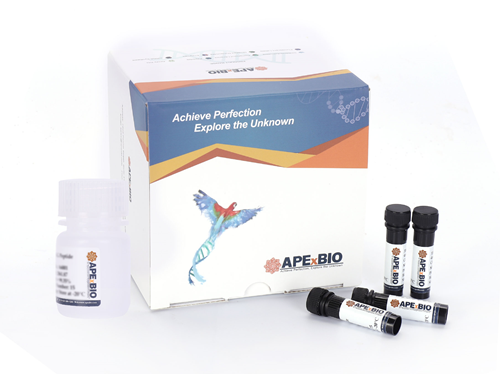Mitochondrial Permeability Transition Pore Assay Kit
Mitochondria are the energy centers of cells and play an important role in many cellular processes. The Mitochondrial Permeability Transition Pore (MPTP) is a channel on mitochondria composed of inner and outer mitochondria membranes that participates in the release of mitochondrial substances during cell death such as apoptosis. Therefore, the opening of MPTP is considered an important marker of cell death such as apoptosis.
The Mitochondrial Permeability Transition Pore Assay Kit is a kit that detects mitochondrial permeability pore opening by the fluorescent probe calcein AM. Calcein AM is a probe that can label living cells, which easily enters the cell and is hydrolyzed into green-fluorescent calcein by esterases. CoCl2 can bind to calcein and quench the fluorescence of calcein, but the mitochondrial MPTP is normally turned off, so the green fluorescence of the mitochondrial calcein is retained. However, when Ca2+ ionophore ionomycin is further used to induce extracellular Ca2+ into the cell to trigger MPTP opening, then the green fluorescence of the mitochondrial calcein is quenched. This allows the degree of openness of mitochondrial MPTP to be judged by the intensity of green fluorescence in the mitochondria.
For flow cytometry, this kit is sufficient for 100 assays; for 96-well plates, this kit is sufficient for 1000 assays.

Figure 1: The efficiency of this kit for detecting the openness of mitochondrial MPTP
| Components | K2061-100 T |
| Calcein AM (1000X) | 110 μL |
| CoCl2 (100X) | 1 mL |
| lonomycin (200X) | 600 μL |
| Dilution buffer | 200 mL |
| Cosolvent buffer (100X) | 1.2 mL |
This kit should be stored at -20°C, stable for 1 year. Calcein AM (1000X) and lonomycin(200X)should be stored at -20°C away from light, and avoid repeated freeze/thaw cycles. | |







